What is an AI Chatbot?
An AI chatbot is an intelligent software application designed to interact with users through a conversational interface, powered by artificial intelligence (AI) which uses natural language processing (NLP). Unlike traditional rule-based bots that follow predefined scripts, AI chatbots dynamically understand, generate, and refine responses based on context, enabling more personalized and engaging interactions. At its core, an AI chatbot acts as a virtual assistant for customers, employees, and other stakeholders across various communication channels—websites, mobile apps, messaging platforms (such as WhatsApp or Slack), and voice assistants.Key Capabilities of an AI Chatbot
- Natural Language Understanding (NLU) As a core subfield of NLP, NLU enables AI chatbots to interpret human language, intent, and context, fostering more natural and meaningful conversations.
- Machine Learning & Adaptability Unlike rule-based bots, some AI chatbots—particularly those with online or continuous learning capabilities—can adapt over time by analyzing user behavior, preferences, and feedback. For example, a retail chatbot with continuous learning might adjust its product recommendations based on a customer’s previous purchases. However, many AI chatbots require periodic offline retraining to incorporate new data rather than learning in real time.
- Context Awareness Smart AI chatbots remember past exchanges, allowing them to maintain context over multiple interactions rather than treating each user query in isolation.
- Proactive Engagement Instead of waiting for user input, AI chatbots can initiate conversations, offer personalized suggestions, and detect when a user might need assistance.
- Omnichannel Integration AI chatbots can integrate with CRM systems, databases, and other enterprise applications, enabling interaction across multiple platforms. When supported by a robust infrastructure, they can provide real-time responses and data-driven insights, though not all chatbot implementations offer this level of capability.
Why AI Chatbots Matter for Businesses
AI chatbots significantly elevate customer experiences by automating repetitive tasks, reducing response times, and offering 24/7 availability. They are now integral to customer service, lead generation, appointment scheduling, and data collection—enabling organizations to scale operations without compromising on quality or user satisfaction. With the rise of open-source AI chatbot frameworks, businesses can go beyond traditional, closed-source solutions to build customized, scalable, and privacy-focused chatbots. This shift not only ensures better alignment with unique operational requirements but also fosters greater control over data and integration points—key factors in maintaining a competitive edge. By leveraging our development expertise, your organization can implement AI chatbots that optimize workflows, reduce costs, and enhance overall customer engagement.Understanding AI Chatbot Development Methods
To implement AI chatbots effectively, it’s crucial to understand the primary development approaches: rule-based, neural-based, and transformer-based systems. Rule-based chatbots rely on predefined scripts and decision trees, making them ideal for structured tasks like FAQs. However, they offer limited adaptability to more complex queries. In contrast, neural-based chatbots leverage machine learning and NLP to dynamically improve responses, enabling more natural interactions—though they require substantial data and training to reach optimal performance. Transformer-based chatbots, such as those built on GPT or Llama, tap into deep learning to deliver highly context-aware conversations, although they demand heavier computing requirements. Several open-source frameworks facilitate these development paths. Rasa stands out for its flexibility, allowing businesses to create on-premise AI assistants using a mix of rule-based and machine learning techniques. Another popular option, BotPress, offers a modular environment to build conversational agents while maintaining strong data privacy and control. Both solutions give organizations full ownership of their chatbot data and the ability to integrate seamlessly with existing systems—offering a scalable, transparent alternative to proprietary platforms. By selecting the right approach and leveraging robust open-source frameworks, businesses can tailor AI chatbots to unique operational needs, enhance customer experiences, and retain full control over data and intellectual property.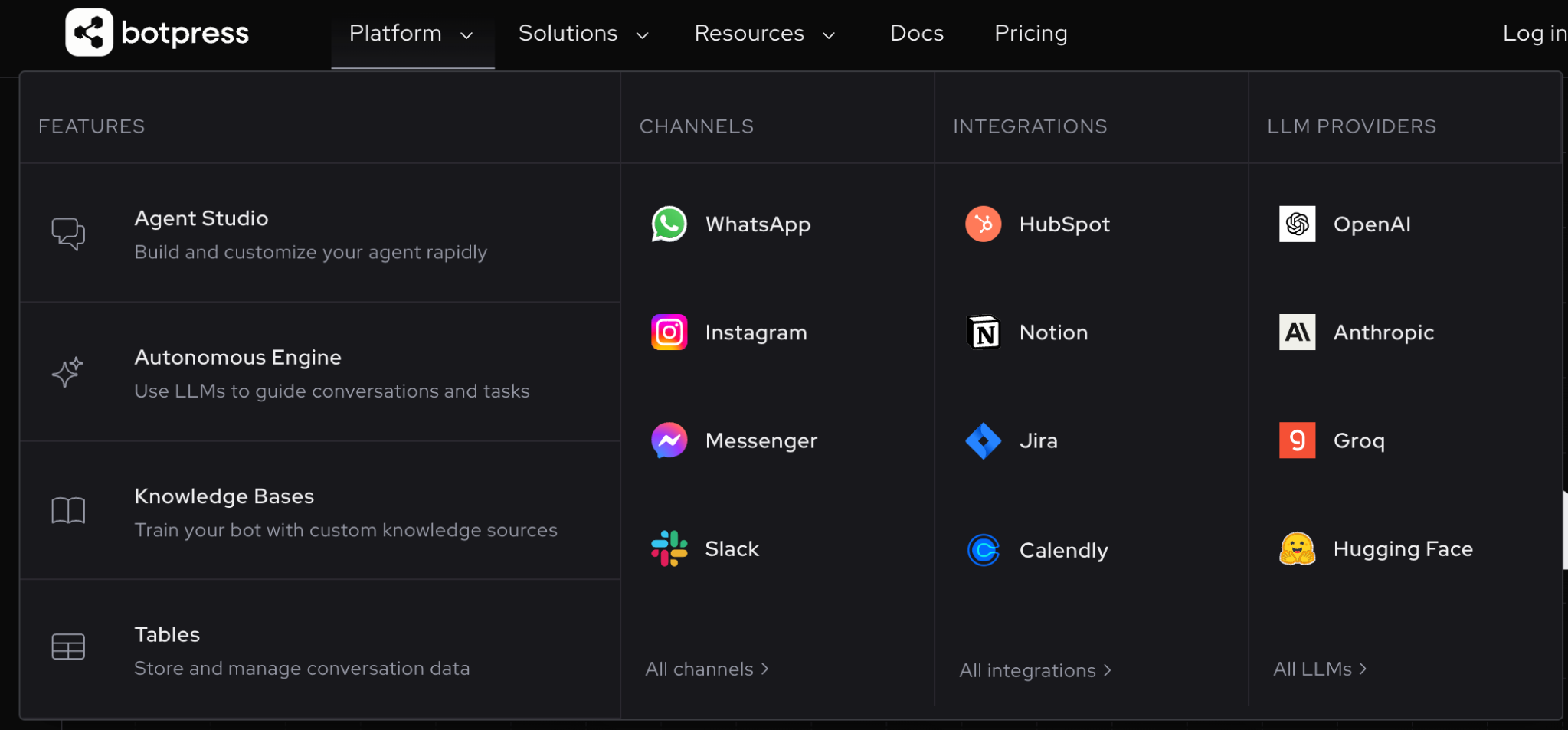
Understanding Dialogue in AI Chatbots
In the context of AI chatbots, dialogue refers to the structured conversation between a user and the system. A chatbot’s ability to engage in meaningful dialogue depends on its capacity to interpret user inputs, maintain context, and generate appropriate responses. Broadly, dialogue can be stateless or stateful, affecting the chatbot’s ability to track conversation history and provide relevant replies.
Stateless Approaches: Mapping Intents to Actions and Responses
A stateless chatbot processes each user input independently, without remembering past interactions. It typically follows a straightforward intent-to-action mapping:
- Classify the user’s intent (e.g., “Order Pizza”).
- Trigger a predefined action or response (e.g., “What size pizza would you like?”).
- Treat each message in isolation, with no memory of prior exchanges.
This approach is efficient for structured, single-turn interactions (e.g., FAQs) but struggles with complex, multi-turn conversations where context is critical.
Adding Statefulness to AI Chatbots
To enhance user experience and handle more intricate queries, stateful chatbots maintain conversation history, ensuring a more natural and coherent flow. Common ways to add statefulness include:
- Session-Based Memory: Storing conversation logs for the duration of a session to maintain continuity.
- Context Management: Using variables to track user preferences and past responses.
- Dialogue Policies: Implementing models that predict the optimal next action based on conversation history.
- Slot Filling: Keeping track of missing information in user inputs and prompting accordingly.
By incorporating these techniques, AI chatbots can manage complex dialogs, personalize user interactions, and improve engagement—making them far more suitable for real-world business applications that demand efficiency and a superior customer experience.
Understanding Chatbot Architectures
AI Chatbots vs. AI Agents
AI chatbots are primarily designed for conversational interactions, leveraging techniques like neural networks or transformer-based models to understand user queries and deliver context-aware responses. They excel at tasks such as handling FAQs, structured workflows, and basic automation, making them ideal for scalable customer support scenarios.
AI agents, on the other hand, go beyond conversation to perform autonomous actions. Powered by large language models (LLMs) and advanced contextual understanding, they can learn from data, adapt their behavior, and make decisions independently. While chatbots respond reactively to user input, AI agents can proactively initiate tasks and manage complex processes with minimal human oversight.
From a business perspective, it can start with chatbot automation and gradually incorporate agent-like capabilities. This approach delivers a scalable and intelligent platform that aligns with evolving operational needs and customer expectations.
AI chatbots operate through a frontend and backend system, each serving a distinct role in handling user interactions and processing responses. The frontend is the user-facing component where individuals interact with the chatbot through various channels, such as web interfaces, mobile apps, messaging platforms (WhatsApp, Slack, Rocketchat), or voice assistants. It is responsible for collecting user inputs, whether in text or voice format, and displaying responses generated by the chatbot in a user-friendly manner.
On the other hand, the backend is where the chatbot’s intelligence resides. This includes Natural Language Processing (NLP), intent recognition, entity extraction, dialogue management, and business logic.
When a user submits a query, the backend processes it by identifying the intent behind the message, extracting relevant details (such as dates, product names, or locations), and determining the best response. If necessary, it may also interact with external systems like databases, CRM software, or third-party APIs to retrieve or update information. Once the response is generated, the backend sends it back to the frontend, which then delivers it to the user.
This separation of frontend and backend enables scalability, flexibility, and integration across multiple platforms while keeping the core AI processing centralized. By maintaining this structure, chatbots can efficiently handle user requests, provide relevant responses, and seamlessly integrate with various business applications.
Pipeline Components in AI Chatbot Workflows
AI chatbots rely on a pipeline of components to process user input, determine intent, extract key details, generate appropriate responses, and manage the conversation flow. These components work together to ensure that chatbots provide meaningful and contextually relevant interactions. The key components of a chatbot pipeline are intent recognition, entity extraction, response generation, and dialogue management.
- Intent Recognition: Intent recognition is the process of determining what the user wants based on their message. The chatbot analyzes the text using Natural Language Processing (NLP) and machine learning models to classify the input into predefined categories, known as intents. For example, if a user says, “I want to order a pizza”, the chatbot identifies the intent as “Order Food”. This step helps the chatbot understand the purpose of the interaction and select the appropriate action.
- Entity Extraction: Once the intent is recognized, the chatbot extracts key pieces of information, known as entities, from the user’s input. Entities represent specific data points that are required to fulfill the user’s request. In the example “I want to order a large pepperoni pizza”, the chatbot would extract:
- Size: Large
- Type: Pepperoni
These extracted values help the chatbot provide accurate and relevant responses without needing excessive back-and-forth questioning.
Businesses can train their AI chatbots to respond dynamically to user sentiment by integrating sentiment analysis tools. While sentiment analysis models classify emotions such as frustration, happiness, or dissatisfaction, the AI chatbot is trained to use these insights to modify responses, offer solutions, or escalate interactions when needed. - Response Generation: After intent recognition and entity extraction, the chatbot generates a response based on the user’s request. The response can be created using predefined templates (rule-based responses) or AI-powered models (dynamic responses). In simple cases, a chatbot may use a static response, such as “Your large pepperoni pizza will be ready in 30 minutes”. More advanced chatbots use natural language generation (NLG) techniques to construct more personalized and contextually appropriate replies.
- Dialogue Management: Dialogue management determines the flow of the conversation and ensures that multi-turn interactions remain coherent. If the chatbot requires additional details to complete the request, it decides what to ask next. For example, if a user simply says “I want to order a pizza”, the chatbot might respond with “What size would you like?”. It also keeps track of previous interactions within a session, allowing for context-aware conversations rather than treating each message in isolation.
How These Components Work Together
- User Input: “I want to order a large pepperoni pizza.”
- Intent Recognition: Identifies that the user wants to place an order.
- Entity Extraction: Extracts “large” (size) and “pepperoni” (type).
- Dialogue Management: Confirms the order or asks for missing details.
- Response Generation: Provides the appropriate response and action.
Hybrid Models: Combining Rule-Based and Neural Approaches
Hybrid models leverage the strengths of both rule-based and neural-based approaches to improve chatbot performance. Rule-based methods ensure predictable and structured responses for well-defined tasks, such as form filling and menu-based navigation, while neural models enhance adaptability, allowing the chatbot to handle free-form text and unexpected variations in user input. By combining these approaches, businesses can create chatbots that maintain accuracy in structured workflows while also offering more natural and flexible conversations. Hybrid models are especially useful for enterprise AI chatbots, where consistency, efficiency, and scalability are critical.
By combining these pipeline components and leveraging hybrid models, AI chatbots can engage in dynamic, interactive, and personalized conversations, improving user experience and business efficiency.
Understanding AI Chatbot Training and Data Structuring
To develop an effective AI chatbot, businesses must first understand how it learns to interact with users. The foundation of chatbot intelligence lies in training data, which includes real-world conversations, customer inquiries, and structured responses. Businesses collect this data from sources such as customer support logs, chat and email exchanges, and expert insights, ensuring the chatbot can recognize common user queries and respond appropriately.
Once the data is gathered, it must be categorized into intents, which represent different types of user requests. For example, a user asking, “Where is my order?” falls under an order tracking intent, while “I want to return my purchase” belongs to a returns and refunds intent. By defining clear intent categories, businesses help the chatbot understand what users are asking and select the correct response.
Beyond recognizing user intents, chatbots must also manage conversation flows. This is achieved through stories and rules. Stories map out multi-step interactions, guiding the chatbot through conversations where users provide information or require assistance. Rules, on the other hand, ensure predictable, fixed responses, such as always replying with “Hello!” when greeted. Together, these elements create a structured and logical interaction framework that enhances user experience.
Once initial training is complete, the chatbot must be tested and refined. Pilot testing with real users allows businesses to identify gaps in understanding, improve responses, and adjust conversation flows. As more users interact with the chatbot, businesses can analyze these interactions to enhance performance, ensuring that the chatbot continuously evolves and improves over time.
Deploying an AI chatbot is not a one-time process—it requires ongoing learning and adaptation. By continuously monitoring user interactions and updating its training data, businesses can maintain chatbot relevance, improve accuracy, and enhance customer engagement. This process of refining AI chatbot capabilities ensures a smarter, more efficient, and user-friendly experience, allowing businesses to leverage automation effectively.
Integrating AI into Open-Source Chatbot Systems
To maximize the potential of AI chatbots, businesses are increasingly integrating open-source AI components—such as language models, vector databases, and retrieval systems—into their chatbot architectures. This modular approach allows organizations to extend chatbot capabilities with advanced reasoning, semantic search, and knowledge retrieval features. For instance, integrating models like Llama or Mistral enables deeper language understanding, while coupling with retrieval-augmented generation (RAG) pipelines enhances response accuracy by grounding answers in proprietary data sources.
Open-source tools also make it easier to experiment, iterate, and optimize performance across various use cases without being locked into vendor ecosystems. By thoughtfully combining these AI building blocks, businesses can develop highly customized, intelligent chatbot solutions that scale with evolving operational goals and customer expectations.
AI Development Services
While AI chatbot frameworks provide businesses with a flexible and cost-effective foundation for building intelligent assistants, developing and deploying a high-quality chatbot still requires specialized AI skills. Hiring an experienced AI development company, such as Krasamo, can help businesses leverage open-source frameworks more efficiently while avoiding common pitfalls that lead to costly delays and suboptimal performance.






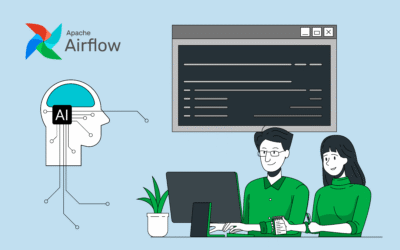
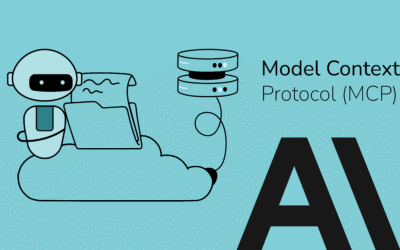

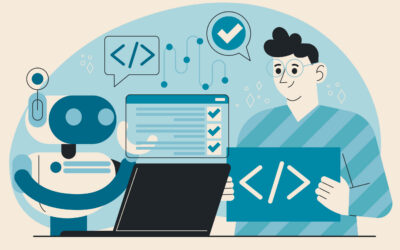
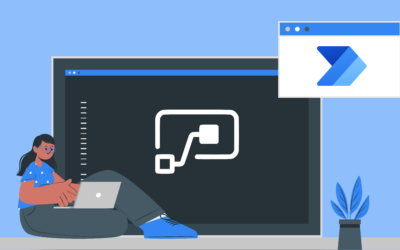
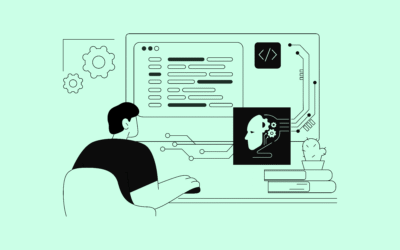
Omg i’m loving this post!!! u really broke down the components of AI chatbots in a way that’s easy to understand, thank you for explaining intent recognition and entity extraction! now I’m hyped about building more complex convo flows with my team